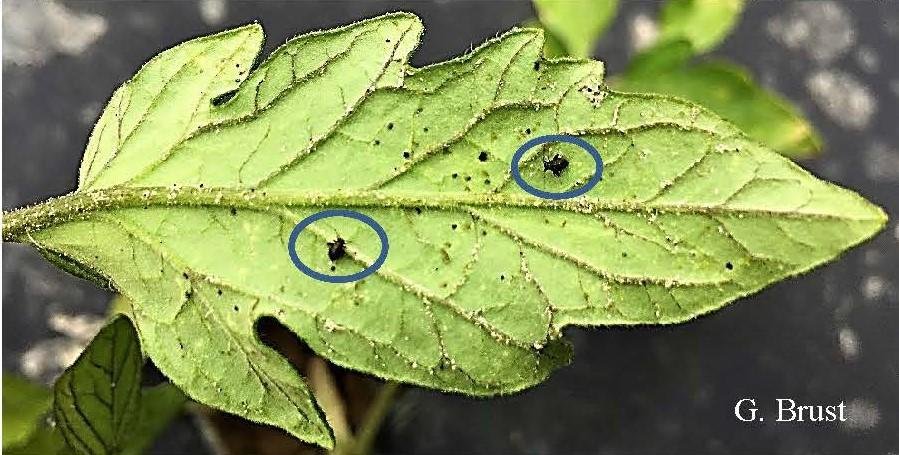Make Flea Beetles FLEE!
Spring is upon us and if you haven’t already started, you will soon be getting ready to plant out your spring gardens.
But did you know that with the warm weather also comes the pests?
Here are some of the common springtime pests, how to identify them, and how to manage them without chemicals.
The next pest we’re tackling in our common garden pest series is flea beetles!
Flea Beetles
Flea beetles cause problems year-round in Colorado gardens. They eat through tender leaves in a shothole-type pattern and are especially harmful to new seedlings. The best way to save your garden from flea beetle damage is to set up trap crops or repellents to keep them off your desired plants.
In the early spring and late summer radish are great to plant even if your household will not eat them because they work great as a trap crop. Flea beetles love the leaves and will eat them instead of spinach, lettuce, kale and other cool-weather crops. In the summer nasturtium, catnip, sage, and mint may work to repel flea beetles. Mustard is a good all-season option for a flea beetle trap crop.
Flea beetles overwinter in soil, so it's best to set up your trap crops as early as possible or use floating row covers until plants are big enough to withstand damage. Radish and mustard can be planted in Denver as early as March (and sometimes February!). The other crops can be started indoors and set out after the last frost - usually around mid-May. As with most pests, keeping your soil clear from debris will limit the hiding places! Other options are setting out sticky traps at the base of plants that are affected.
There are obviously more pests that may be present in your garden. Over the next few weeks we’ll be posting about them. Make sure you’re signed up for our mailing list to get updates on when we publish new posts.
Are you already seeing pests in your garden? Schedule your free 20 minute discovery call to get help!
PS. While we realize that there are chemical ways to get rid of pests, that’s not something we like to teach here. You’ll find great exclusion techniques, simple manual removal techniques, and companion planting suggestions. For information on pesticide use you can check out the Colorado State University Extension office website or your local extension website.







